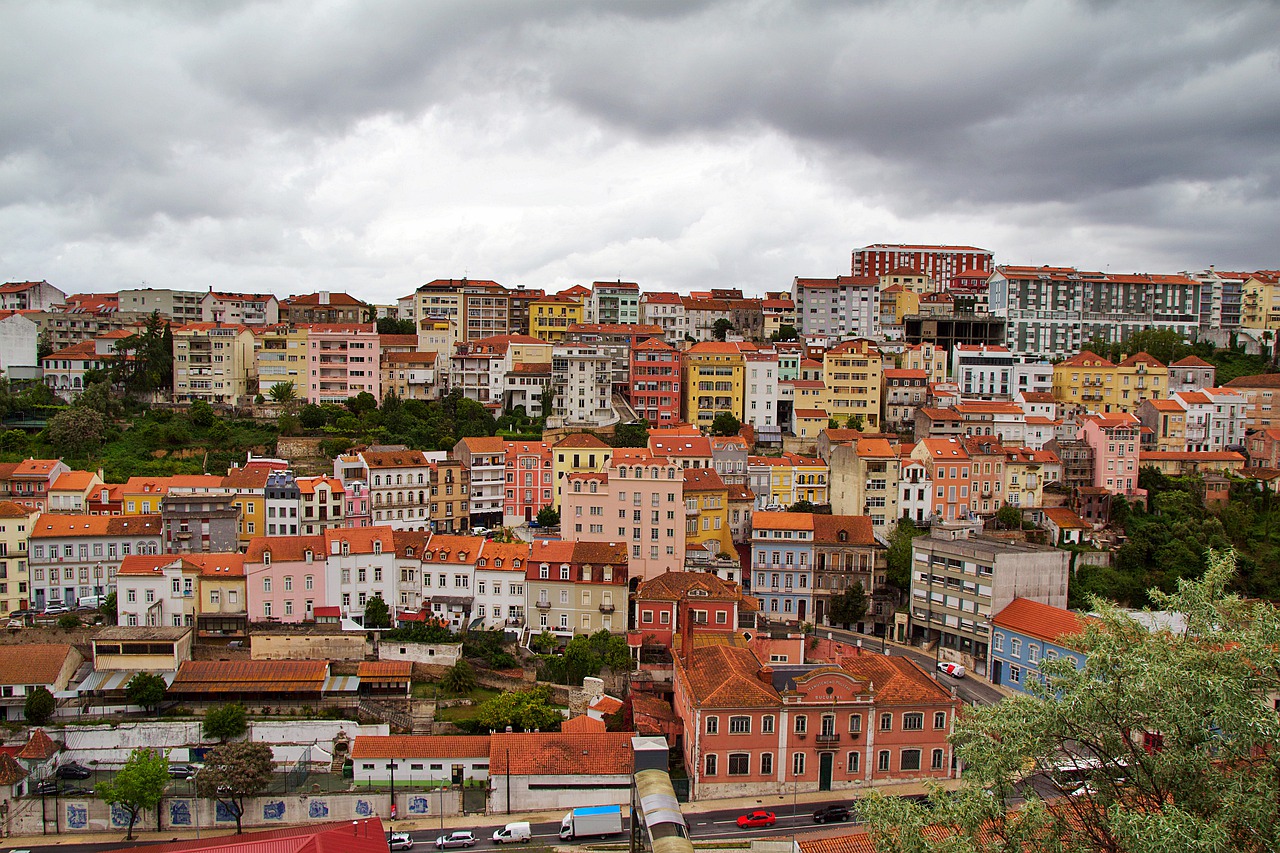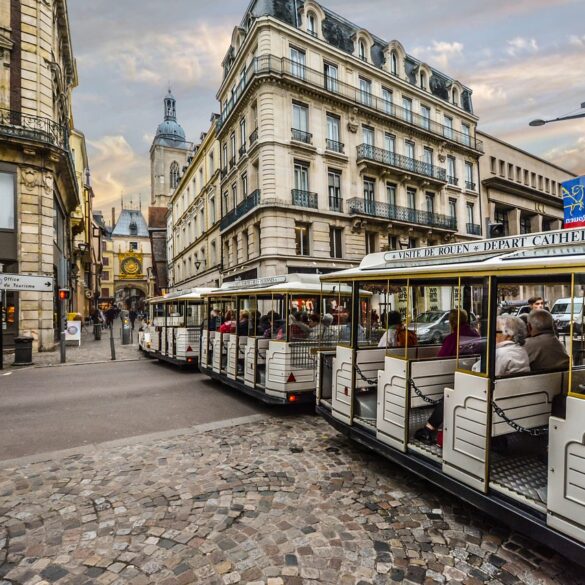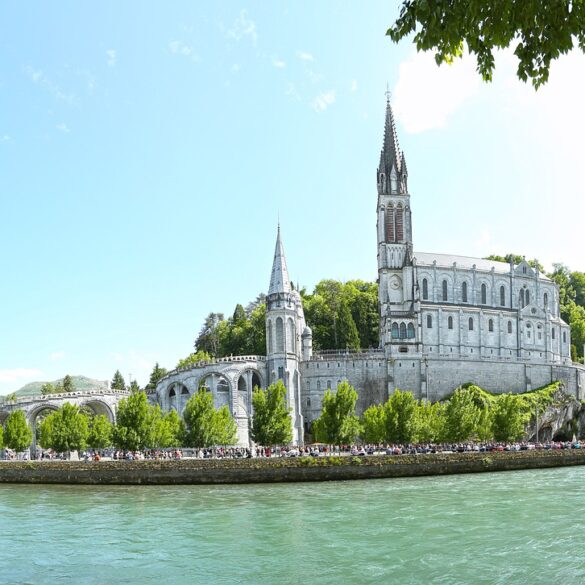
Halfway between Oporto and Lisbon and on the banks of the River Mondego is the city of Coimbra in all its dignified glory. It is famed for its university, as it is the oldest in Portugal, and an excellent collection of serene monasteries, handsome churches and lively cultural institutions. You will also discover that Coimbra is a busy commercial hub, thanks to its many boutiques, shops and an appetizing choice of restaurants and cafes. The city was also the proud capital of the country, as kings were born in Coimbra and they are also entombed there as well. If you are planning to take a trip to this city, here are some of the top places to visit:
- University of Coimbra
Located right in the middle of the city and high on the hill is the oldest university in Portugal known as the University of Coimbra. Not only is it a World Heritage Site, but is also a major tourist site and has hundreds of years of history that can be explored. You can get an awesome view of the city if you scale the 180 steps of the 16th-century tower to reach the highest point of the university. The 17th-century ceremonial hall called Sala dos Capelos is also worth your time.
- Biblioteca Joanina
This esteemed Baroque library was founded in the 1720s and is on the Paço das Escolas, where the earliest kings of Portugal once lived. You have to see the library to believe it and it is bounded by monumental doorways and composed of three vast salons. Every salon has enormous study tables that are made of dark hardwood brought in from Brazil and tall gilded and lacquered shelves. You can find more than 250,000 volumes here that date from the 1500s and the 1700s and deal with medicine, geography, science, law, and history. An interesting thing about the library is that it has a colony of bats that are primarily bred for eating the insects that could damage the books.
- Chapel of São Miguel
Hailing from the 16th century’s first decades, the chapel of the university is abounded with sumptuous fittings and history. The main portal is from the 18th century and Neoclassical, but you can see extraordinary Manueline carvings if you check out the side entrance. The ceiling and walls of the choir are decorated with colorful azulejos from the 17th century that were manufactured in Lisbon but are a clear Dutch inspiration. There is also a working organ that dates back to 1733 and is a gleaming Baroque case.
- Machado de Castro National Museum
This fantastic museum is an atmospheric venue is named for sculptor Joaquim Machado de Castro, who belonged to the 18th and 19th centuries. From medieval times, the building has been constructed in phases and it is at the same site as the Roman forum in Coimbra. The art you will see in the museum has been curated by a number of regional churches and various defunct religious institutions. Not only will you find the largest collection of sculptures than any other Portuguese National Museum, but will also find ceramic altarpieces, tapestries, and a catalog of paintings that are between the 15th and 19th centuries.
- Monastery of Santa Cruz
This monastery dates back to the 12th century and belongs to the earliest years of the country’s monarchy. However, its architecture belongs to the 16th century, as obvious from the captivating decoration on the ceiling, main portal, and cloister outside. In the same century, the gilded wooded stalls and pulpit were added in a spectacular Renaissance style. However, the tomb of the first two kings of Portugal is the monastery’s big story, named Afonso Henriques and Sancho I. They ruled in the 12th century and their remains were transferred in the 1500s to an amazing Manueline ensemble that was made by Nicolau Chanterene.
- Old Cathedral of Coimbra
This Romanesque cathedral was established by King Afonso Henriques when Coimbra was still a frontier between Islam and Christianity. It was constructed not long after he emerged victorious over the Moors in 1139 at the Battle of Ourique. In addition, as compared to many other churches of its day, this one has managed to keep a lot of its Romanesque character.
- Pedro e Inês Bridge
The Pedro e Inês Bridge is an essential part of a walking tour in Coimbra and this footbridge opened in 2007. The bridge boasts a clever and cool design and you can also get a breathtaking view of the university located on the right bank. If you look at the bridge, you will notice that it doesn’t really meet in the middle. It has two cantilevered walkways that join in the middle for creating a wide viewing platform. It also has a snazzy balustrade that is made from sheets of green, pink, blue, and yellow glass in an irregular geometric pattern.
- Penedo da Saudade
There is a hilltop garden east of the university that gazes out over a large sweep of the Mondego River and Coimbra, as well as the Roxo and Lousã mountains. This is said to be the place where Pedro would come for grieving for Inês and it has been adopted as a hangout for all Coimbra’s students since the 19th century. It is also considered a place for romantic encounters and there is a century’s worth of plaques on the rocky wall of the garden that is inscribed with poems. Some of these are about lamenting homesickness, love, or commemorate distant events that happened in the university.
- Botanic Garden
Established in 1772, the Botanic Garden was for the natural history and medical faculties. The gardens were used by Avelar Brotero, the influential botanist, in the early 19th century. There are a number of publications that are based on his findings here and the school for botanical studies was also set up. The garden is spread over 13 hectares and there are several trees, such as the coral tree and the Japanese sugi pine that were planted in Brotero’s day towards the top of the hill on the Quadrado Central.



